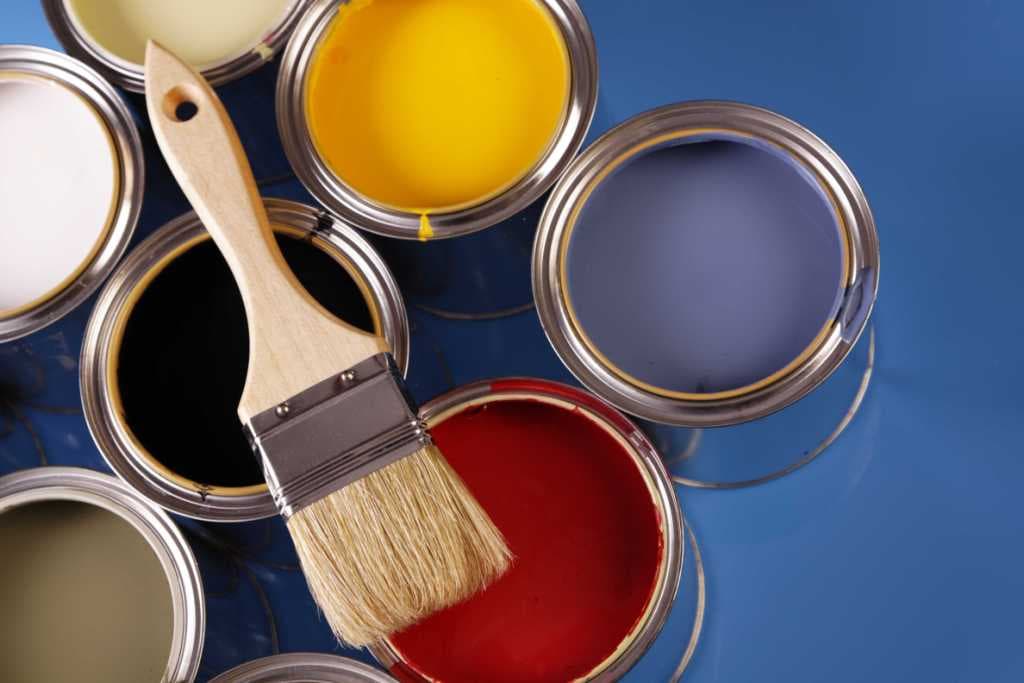
Basically, all paints are made of the similar basic ingredients such as solvent, resin, additives and pigments. However, the paints manufactured for interior as well as exterior surfaces are different as the environment to which they are subjected to differ widely. Different surfaces demand different properties, and different paints have different properties and are formulated to suit different purposes.
All paints are made from the four basic ingredients: solvents, resin, additives and pigments. Interior and exterior paints have similar solvents and pigments; however exterior paint may contain more pigment. The major difference between interior and exterior paint is found in the additives and resins. To understand the difference between interior and exterior paint one needs to understand paint chemistry.
Characteristics of Exterior Paint
- Exterior paint is exposed to all types of varying weather conditions. Exterior paint is therefore required to provide protection against Ultra Violet radiation of the sun as well as fungal growth and of course dampness during the rains and snow.
- Exterior paints are so made to combat mildew as well as fading. Further, they have to be fade resistant as they face very high temperatures and UV radiation.
- The resins used for exterior paint can be softer so that they survive temperature changes and ill effects due to exposure to moisture. They are supposed to be flexible. i.e they should not easily crack on expansion / contraction.
- Exterior paint must be tougher and should be capable of resisting peeling and chipping.
- Exterior paint is also supposed to resist water hence they are made waterproof.
- Exterior paints need sunlight to cure.
- Exterior paint contains many additives like pesticides and fungicides.
- Exterior Paints release more VOC as it cures, making it unsafe for indoor use.
- Exterior paint can be applied to a variety of substrates simply by changing the sheen. When it rains the exterior of your house acts as a sponge absorbing small amounts of water. The flat paint allows the water to escape without bubbling your paint.

Characteristics of Interior Paint
- Interior paint is more to do with aesthetics and decoration purposes and at the same time, they need to add properties of easy maintenance, wash ability and dampness prevention.
- Interior paint is designed to withstand abrasion. Interior paint is also designed to be more delicate than exterior paint because they occupy the same space as you do.
- Interior paint is so made that they can be scrubbed and can resist staining. Interior paint is formulated to be more resistant to physical damage.
- The resins used for interior paint can be firmer because the paint does not have to deal with weather and temperature differences like exterior paint.
- Interior paint is not required to be fade resistant as they are not subject to extreme temperature conditions and hence do not fade easily.
- Interior paints need to be stain resistant for hiding brush and roller marks.
- Interior paint should get cured even without direct exposure to sunlight.
- Interior paint does not require additives like pesticides and fungicides.
- Interior paint is made washable so as to clean spots and marks that they accidentally get especially by small kids and pets at home.
- Interior paint should have a low or zero VOC (Volatile organic compounds). This is important in preserving the air quality in your home. Low or zero VOC help to reduce your health risks.
Thus though the interior and exterior paints look similar, they are differentiated on the bases of their properties, purpose and uses and hence one cannot be used in place of another. I.e. you can’t use interior paints on exterior surfaces and vice versa. Hence it is important to make sure that you look at the tin when you purchase the paint for your home.
Also Read:
20 Different Types of Paints Used for Interior and Exterior Surfaces
5 Steps You Must Know While Painting External Walls
Key Difference between Paint and Primer
All You Need to know About Wall Putty































